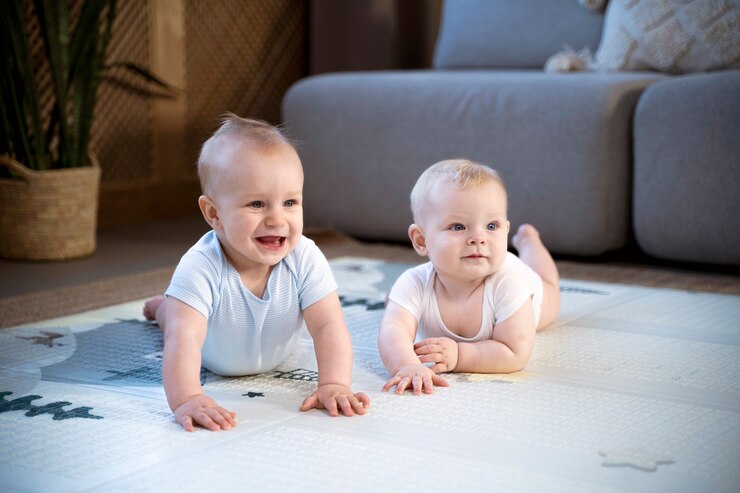When it comes to manufacturing baby clothes, there is one crucial factor that manufacturers must consider: the choice of fabric. Baby clothes require special attention as they come into direct contact with delicate and sensitive skin. The right fabric not only ensures comfort but also promotes healthy development. In this guide, we will explore various factors that manufacturers should consider when choosing the perfect fabric for baby clothes.
1. Safety and Comfort: The safety and comfort of babies should be the top priority for manufacturers. Opt for fabrics that are soft, hypoallergenic, and gentle on the skin. Natural fibers such as cotton, bamboo, and organic fabrics are excellent choices as they are breathable, absorbent, and reduce the risk of irritation or allergic reactions. Avoid synthetic fabrics or those treated with harsh chemicals, as they may cause discomfort or skin problems.
2. Breathability and Temperature Regulation: Babies have difficulty regulating their body temperature, making it crucial to choose fabrics that promote breathability and temperature regulation. Fabrics like cotton and bamboo allow air circulation, preventing overheating or excessive sweating. These materials are also effective in wicking away moisture, keeping babies dry and comfortable.
3. Durability and Longevity: Baby clothes go through a lot of wear and tear due to frequent washing and handling. Manufacturers should choose fabrics that are durable and can withstand repeated use and washing. Look for fabrics with a tight weave or those that have been specifically designed for durability. Reinforced seams and strong fibers will ensure that the clothes last longer, providing value to parents and caregivers.
4. Easy Care and Maintenance: Parents appreciate baby clothes that are easy to care for. Fabrics that are machine washable and require minimal ironing are highly desirable. Avoid fabrics that shrink easily or require special handling, as it can be inconvenient for parents who are already juggling multiple responsibilities.
5. Safety Standards and Regulations: Manufacturers must ensure that the fabrics used in baby clothes meet safety standards and regulations. Familiarize yourself with the guidelines and requirements established by relevant authorities, such as the Consumer Product Safety Commission (CPSC) or the International Organization for Standardization (ISO). Compliance with these standards ensures that the fabrics are free from harmful substances, dyes, or finishes that may pose a risk to the baby’s health.
6. Aesthetics and Design: While safety and comfort are paramount, aesthetics and design also play a significant role in baby clothing. Choose fabrics that are visually appealing, considering factors like colors, patterns, and textures. Ensure that the dyes used are non-toxic and safe for babies. Offering a wide variety of fabric choices allows manufacturers to cater to different tastes and preferences of parents.
Conclusion: Selecting the right fabric for baby clothes is a crucial decision for manufacturers. Prioritizing safety, comfort, breathability, durability, and easy care ensures that the clothes not only look good but also promote the well-being of the baby. By adhering to safety standards and considering the needs of parents and caregivers, manufacturers can create baby clothes that are both functional and aesthetically pleasing. Remember, happy and comfortable babies make for satisfied parents and loyal customers.



Recent Comments